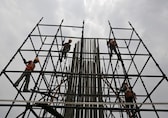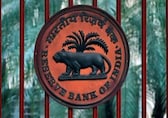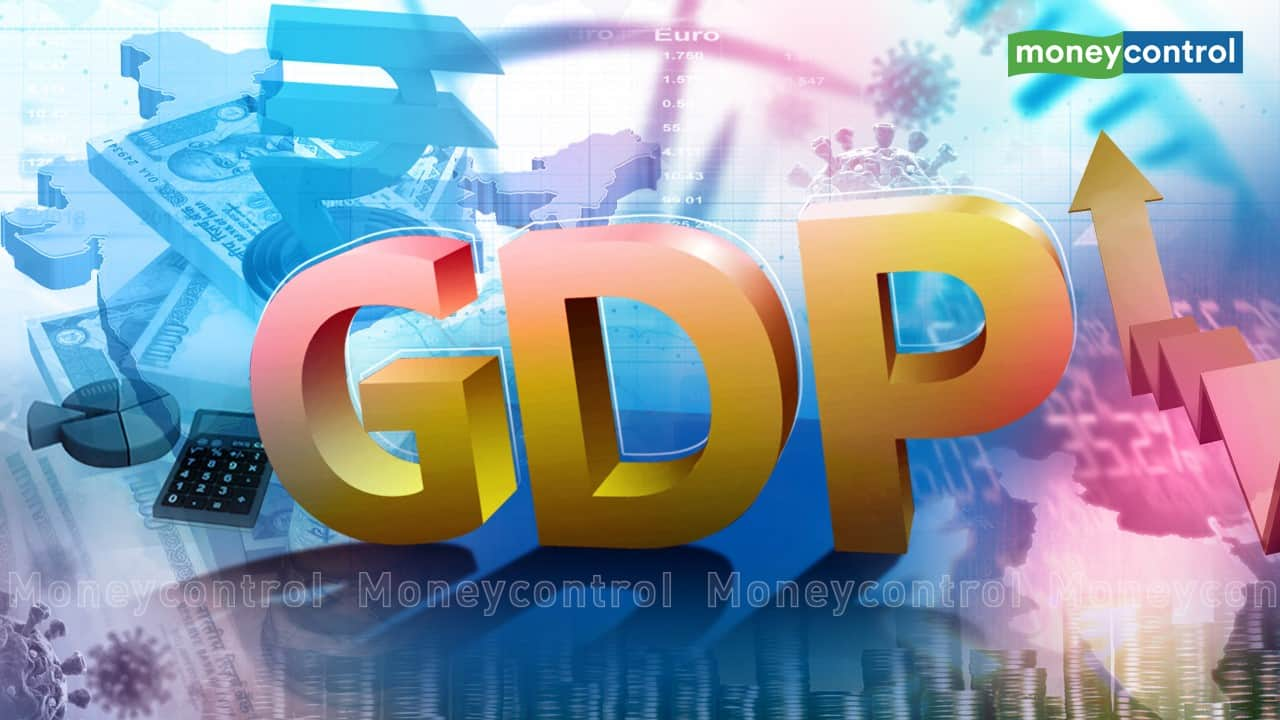The Nifty50 index has hit a fresh record while the BSE Sensex 30 is a hair’s breadth away from its all-time high. The current levels are about 25 percent higher than the highs recorded in the middle of January 2020, before the tax proposals in the Union Budget for FY21 and the COVID-19 pandemic pulled down the markets sharply.
The market capitalisation of listed equities at around Rs 210 lakh-crore has, however, increased by about 39 percent compared to January 2020. This implies that stocks outside benchmark indices have gained significantly more than the index scrips. However, this does not seem to be the case exactly.
The market capitalisation of BSE ‘B’ group stocks at around Rs 8.6 lakh-crore is still around one percent less than its January 2020 high of approximately Rs 8.7 lakh-crore. It is also pertinent to note that the present market capitalisation of ‘B’ group stocks at the BSE is around 65 percent lower than its December 2017 high of approximately Rs 24.3 lakh-crore.
Obviously, there are a few ‘A’ group stocks that have risen disproportionately. Given that the economy has not grown for past 15 months, this disproportionate rise in market value of a set of stocks is disconcerting for market participants.
A common question these days is “whether the markets are already in a bubble territory?”
The Reserve Bank of India (RBI), in its annual report for FY21 has also examined this proposition. It, however, refrained from providing any definitive answer. It concluded by saying “…equity prices registered an impressive recovery, subsequently, aided by easing of ERP (Equity Risk Premium). Currently, dividend yields have fallen below their long-term trends. As such, two-way price movements are possible going forward.”
Are We In Bubble Territory?
A bubble in stock market parlance could be understood as an unsustainable rise in stock prices that cannot be rationally explained by the underlying economic activity. This rise could be in one particular pocket of the market or may prevail in more than one segment. In past three decades, we have seen at least four bubbles.
- Commodities Bubble: In the early 1990s, during the government’s economic liberalisation drive, a rally in global commodities, and poor financial literacy levels were used by some market participants to inflate the equity prices of commodity companies and some less understood financial instruments. The bubble burst in the spring of 1992 with thousands of unsuspecting investors incurring massive losses.
- NBFC Bubble: In the mid-1990s, reforms in financial markets, abolition of capital controls, relaxation of currency controls, tightening of bank credit due to NPAs, and changes in taxation rules, favouring leasing of equipment, etc. resulted in a flood of NBFCs in the market. Almost every business group floated an NBFC. In 1994, there would be an NBFC IPO almost every day. Most of these NBFCs were inadequately capitalised and poorly managed. Most of these vanished in no time.
- Dotcom Bubble: The popularisation of Internet in developed countries and the Y2K problem triggered massive investments in creation of IT infrastructure capacities globally. IT services and enabling equipment companies witnessed massive surge in investments. New companies with untested business models listed on global bourses. Since there was no clarity on business models, no one knew how to value these companies. The ambiguity led to a massive rise in stock prices in no time. A surge in housing prices followed pretty soon. The bubble burst when the US Federal Reserve decided to hike rates to control runaway asset prices, pushing the global economy to recession.
- Credit Bubble: The loose monetary policies unleashed to mitigate the impact of the dotcom bubble led to a dramatic rise in liquidity. The abundant liquidity and easy credit fed into global asset prices. To stimulate economies, governments and businesses advanced demand for infrastructure, housing etc. and built huge capacities. In India massive infrastructure (roads, powers, airports, telecom, ports, mining etc.) and housing projects were initiated. As the global markets froze after the collapse of US investment bank Lehman Brothers, credit flow got constricted. In the absence of immediate demand, most projects were either stalled or started incurring unsustainable cash losses. The stock markets and asset prices crashed causing extraordinary losses to investors and lenders.
Four Conditions For A Bubble
Analysing the market internals during these four bubbles, we learn that to form an unsustainable bubble in the stock market, the following four conditions need to be fulfilled:
- A central theme to inflate the bubble: A large number of businesses and investors must feel extremely excited about that theme. Like in 1990s most businesses were forming an NBFC or an IT company. Many companies changed their main business to NBFC or IT services. Every household devoted one child to IT training or education. Banking & finance became the preferred choice of profession. In the 2000s, most businesses started to invest in infrastructure capacities. There was a rush to acquire licenses for mining, telecom, etc. Households were buying houses in remote tier 2/3 towns at crazy prices.
Do we see any of this at the present time? The answer is no.
Businesses are getting rid of ‘non-core’ businesses and investments, and deleveraging. Common household are no longer borrowing land and houses for investment. There is no central theme that is driving stock prices. Sustainability, green energy, healthcare, ecommerce etc. are popular themes, but still at the fringes in broader context.
- Divergence from real economy: Significant divergence of stock prices from the real economy is an essential condition for inflation of bubble in the stock market. This divergence may occur due to an error of judgment in forecasting future demand for goods or services, and/or a failure of policy measures in stimulating the economy, whereas the markets have already factored in such recovery.
There is no evidence currently available to suggest that any material capacity building has occurred in India in anticipation of future demand; or the policy measures taken by the government and the RBI for stimulating the economy have already failed. The capacity building under ‘self-reliance’ or ‘Aatmanirbhar’ scheme is mostly happening to substitute imports or promote exports. Capacity utilisation in chemicals, pharma, textile, electronics etc. has risen consistently despite significant addition to capacities.
The rise in the stock prices of the top 500 enterprises is actually in full consonance with macro-economic trends. Demonetisation, the implementation of GST and now the lockdowns due to pandemic have all contributed significantly to the marginalisation of unorganised businesses. The market share of large organised players in many sectors and industries, e.g., real estate, consumer staples, electronic appliances, textile, construction material, etc. is rising consequently.
Business consolidation is also visible in construction, metals, power, and mining, among others, after resolution of some large NPA cases under the insolvency and bankruptcy code (IBC). Material deleveraging of balance sheets has occurred in many companies which were highly indebted, either through business restructuring (sale of non-core assets) or improvement in business cycle (e.g. metals). Lower interest rates due to the slowdown and easy liquidity, wage rate rationalisation and higher productivity due to better automation etc. have also contributed to better profitability of larger companies.
The stock price rally due to these factors could actually be seen as convergence with the real economy.
- Unsustainable valuations: In past bubbles, the market valuation rising to unsustainable levels was a common characteristic. The current market valuations are certainly higher than the long term averages. But these are certainly nowhere close to the valuations seen during previous bubbles. A third wave causing a prolonged lockdown might lead to a material earnings downgrade for FY22 and FY23. In that case, perhaps, markets will have reason to correct sharply from the current levels, but a crash may not occur like the bursting of a bubble.
- Leverage: This is perhaps the single-most common factor in all bubbles. The highly-leveraged positions of traders lead the markets higher and then lower in a parabolic trajectory. Currently, due to better liquidity with traders, stringent margining rules, and tighter credit norms for stock market trading, the aggregate leverage in the market is at very manageable level. There is virtually no reason to expect that a crash may occur due to unwinding of leveraged positions like it was the case in 1992, 2000 and 2008.
Conclusion
It could be reasonably concluded from the above that though markets may rise sharply and some stocks may be trading at unsustainable levels, the overall market is far from the bubble territory. A decent correction would always be welcome, but a crash may not be imminent, unless markets freeze due to relapse of pandemic worldwide.


























